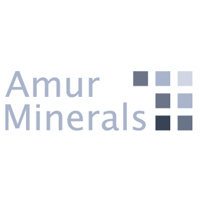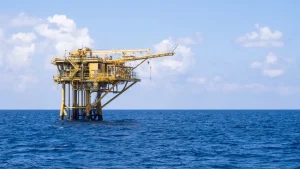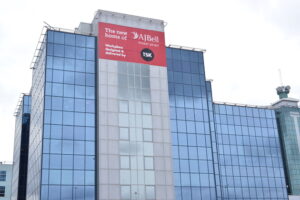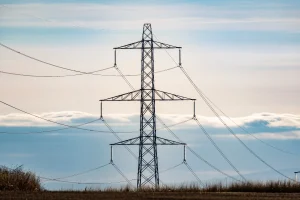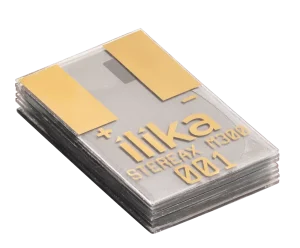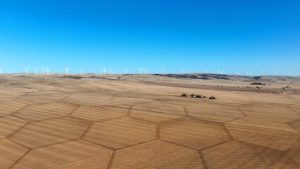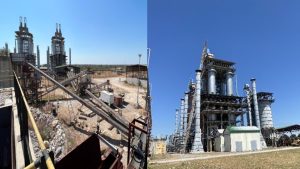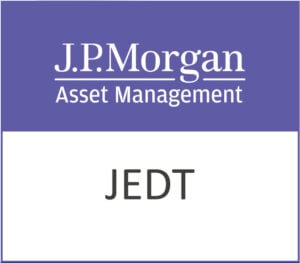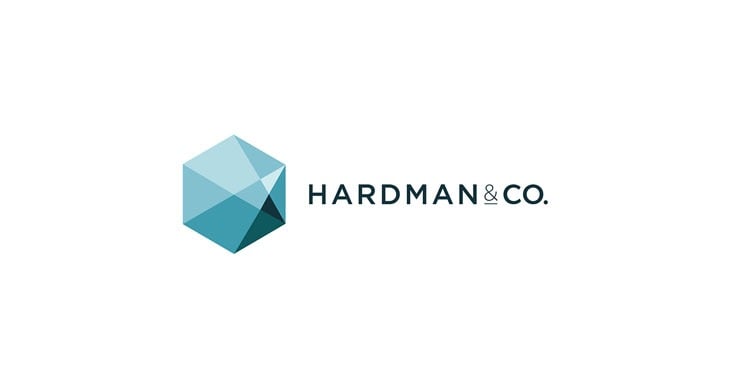Amur Minerals Corporation (LON:AMC), the far east Russian sulphide nickel copper explorer, has today announced encouraging results from Gipronickel Institute’s (“GI”) metallurgical test work programme on the half tonne metallurgical sample of ore from the Maly Kurumkon / Flangovy (“MKF”) deposit, located within the Company’s Kun-Manie production licence area in the prospective Amur Oblast region of Russia.
The results, collected from the largest of the Company’s five deposits, present key information relating to metallurgical recoveries and process design parameters for the processing of the nickel, copper and additional by-product metals of MKF.
Highlights:
· GI (a subsidiary of Norilsk Nickel) is a Russian certified institute highly qualified in the design of nickel processing plants specialising in the recovery of various metals contained within nickel ores. GI has successfully completed its audit of previously completed metallurgical test work by Sibsvetmetniproyect (“SIB”) and SGS Minerals (“SGS”) and has also completed the first production scale metallurgical test of ores from the MKF deposit.
· The GI test results have been derived for a 443.9 kilogramme bulk sample consisting of half core collected from three drill holes located within the MKF deposit. The sample included all ore and waste rock types, the comprehensive mineral suite and the potential average grade of the ore that will be processed from the MKF deposit. The average grade of the sample was 0.70% for nickel and 0.17% for copper.
· Initially, GI confirmed that higher metallurgical recoveries can be obtained, compared to what was previously reported by SIB and SGS. This can be accomplished by the implementation of a two stage grinding process which had not been previously considered in detail. After initial grinding, a first stage concentrate is generated by flotation. The reject from the first stage is then reground allowing for recovery of a second nickeliferous concentrate by flotation.
· Using Russian manufactured equipment, Russian reagents, and the newly identified grinding configuration, GI determined that the metallurgical recoveries are 80.63% for nickel, 83.78% for copper, 61.4% for cobalt, 59.6% for platinum, 82.3% for palladium, 63.7% for gold and 70.5% for silver.
· The newly defined recoveries represent a substantial increase in previously projected recoveries based on SIB and SGS metallurgical results. Using the average grade of the half tonne bulk sample (0.70% for nickel and 0.17% for copper), the SGS recoveries were anticipated to be 69.2% (approximately 11.4% lower than GI) for nickel and 77.9% (approximately 3.9% lower than GI) for copper. The newly generated GI results, are expected to be more reflective of the actual production process. This should allow for an increase in anticipated revenues expected from the MKF deposit once mining commences.
· The final concentrate grades are projected to be 8.58% for nickel, 2.10% for copper, 0.15% for cobalt, 1.26 g/t for platinum, 1.91 g/t for palladium, 0.6 g/t for gold, and 7.82 g/t for silver.
· An improved mass pull of less than 7% has also been identified. The improved mass pull indicates that a total of 394,000 tonnes of concentrate will be generated from 6.0 million mined ore tonnes. This is a reduction from the previously identified 420,000 tonnes of concentrate and could lead to potential savings in the capital expenditure for the construction of the concentrate treatment facility where a Low Grade Matte (“LGM”) is planned for production. An additional reduction in the transport fleet may be possible as the total concentrate tonnage is approximately 26,000 fewer tonnes than previously planned for transport from the mine to the LGM facility.
· In addition, GI has also identified various potential adjustments and test work considerations related to the use of foreign based products which could further enhance recoveries. These considerations are to be evaluated during the processing of the 7.5 tonne metallurgical sample obtained in the 2016 drill programme which is currently inventoried in the Company’s core and sample storage facility in Khabarovsk.
· The grade of the half tonne sample also approximates that of the open pit / underground production trade-off study by Runge, Pincock and Minarco (“RPM”). RPM projected the MKF mining grade to be in the order of 0.75% nickel and 0.19% copper. A total of 45 million ore tonnes were defined as a potential reserve. This mining tonnage and these grades were based on the SGS metallurgical recoveries of 69.2% for nickel and 77.9% copper. Hence, use of the GI metallurgical recoveries should result in an increase in potential revenues associated with the RPM trade-off study reserves.
The GI results have identified simple modifications to the flow sheet allowing for a substantial improvement in the metallurgical recoveries of all economic metals into a concentrate suitable for the generation of a LGM. The newly defined recoveries are provided in the following table and also include a comparison with the previous results based on SGS generated grade recovery curves.
MKF Metallurgical Recovery Comparison
Half Tonne Bulk Sample Grade
| Recovery | Nickel | Copper | Cobalt | Platinum | Palladium | Silver | Gold |
| (%) | |||||||
| SGS (Average) | 69.20% | 77.90% | 53.30% | 49.50% | 58.30% | 49.50% | 53.40% |
| GI | 80.60% | 83.80% | 61.40% | 59.60% | 82.30% | 70.50% | 63.70% |
Robin Young, CEO of Amur Minerals Corporation, commented: “The Gipronickel Institute’s work on a production sized Maly Kurumkon / Flangovy sample has substantially added to the economic potential of the Kun-Manie project. With recoveries of 80.6% for nickel and 83.8% for copper, additional metal should be recovered whilst operating costs will remain nearly the same. Revenues could be increased by as much as 10% for nickel and 6% for copper. Capital cost savings may also be attained if the Company decides to establish an owner operated concentrate treatment facility to generate a Low Grade Matte.
In addition to these very positive results, there are substantial upside considerations that could further enhance the economics of the Kun-Manie project. We are nearing completion of a resource update which will include all drilling completed in 2016, which we expect will result in a substantial increase in the resource. An updated mine plan including the new 2016 drill defined resource should also increase the economic potential by expansion of the mining reserve. We look forward to reporting the resource update when Runge, Pincock, and Minarco have completed the compilation of the resource. It is anticipated that the results will be available to the Company during this quarter.”


